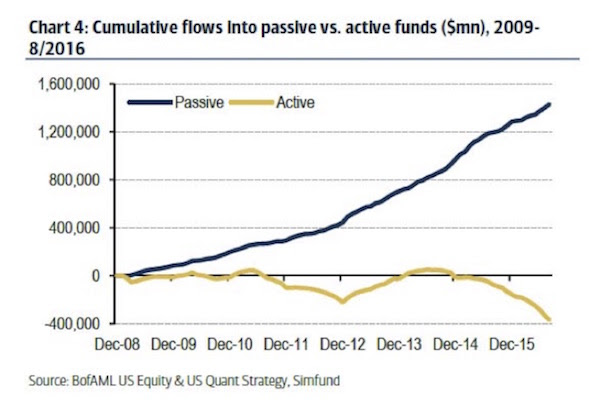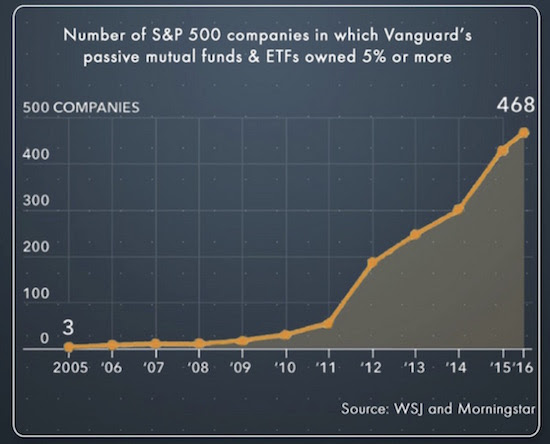U.S. retail sales post biggest drop in 16 months U.S. retail sales recorded their biggest drop in more than a year in May amid declining purchases of motor vehicles and discretionary spending, which could temper expectations for a sharp acceleration in economic growth in the second quarter.
The Commerce Department said on Wednesday retail sales fell 0.3 percent last month after an unrevised 0.4 percent increase in April. May’s decline was the largest since January 2016 and confounded economists’ expectation for a 0.1 percent gain. (…)
Excluding automobiles, gasoline, building materials and food services, retail sales were unchanged last month after an upwardly revised 0.6 percent rise in April. (…)
CalculatedRisk has the important chart:
U.S. Producer Prices Hold Steady
The headline Final Demand Producer Price Index remained stable during May following a 0.5% April gain. The y/y increase was firm at 2.4%. The PPI excluding food and energy increased 0.3% after a 0.4% rise. The 2.1% y/y increase was up from little change y/y at the end of 2005.
An updated measure of “core” PPI inflation, final demand prices excluding food, energy, and trade services prices, eased 0.1% (+2.1% y/y) following a 0.7% jump.
Final demand goods prices declined 0.5% (+2.9% y/y) and reversed April’s increase. Food prices eased 0.2% (+0.9% y/y).
Nondurable consumer goods prices excluding food & energy improved 0.4% for a second straight month. The y/y increase of 3.7% was down versus a 4.1% y/y rise in June 2015.
Prices of final demand for services increased 0.3% (2.1% y/y) following 0.4% gain, while trade services prices jumped 1.1% (2.0% y/y). That followed a 0.3% April drop.
Prices of processed goods for intermediate demand notched 0.1% higher following a 0.5% increase. The 4.8% y/y gain compared to 5.7% price deflation during 2016.

Eurozone Industrial Output Keeps Rising Output climbs 0.5% in April from the previous month
(…) The European Union’s official statistics agency said output was up 0.5% from March, and 1.4% from April 2016. It also raised its estimate for March, and now sees growth of 0.2% rather than a contraction of 0.1%.
Industry made only a modest contribution to first-quarter growth, with output up just 0.2% across the three months. But that was largely due to weakened demand for heating in response to a milder winter than is usual. There were signs in April that the second quarter will see more normal levels of output from the utilities, with energy production up 4.7% from March. (…)
Beijing Gives Banks Go-Ahead for Another Lending Binge
(…) This week, the regulator put pressure on the country’s big banks to lend more to small companies and farmers, while the government announced tax breaks for financial institutions that lend to rural households. That follows recent guidance that banks should set up “inclusive finance” units.
If the goal of lending to poorer customers sounds noble, the concern is that the execution will only worsen Chinese banks’ existing problems, namely high levels of bad loans and swaths of mispriced credit. Bank lending to small companies is already growing pretty fast, with non-trivial sums involved: It jumped 17% in the year through March to 27.8 trillion yuan ($4.084 trillion). That compares favorably with the 7% rise in loans to large- and medium-size companies over the same period. (…)
Banks have been told they should tolerate higher nonperforming loan ratios for small companies and agriculture-related lending, meaning they need to worry less about credit quality. The regulator also asked banks to keep interest rates on such loans at an “appropriate” level—effectively allowing banks to ignore the proper pricing of risk. (…)
Global Oil Glut Won’t Subside in 2017, IEA Says The global oil glut is here to stay through 2017 as OPEC’s efforts to restrain petroleum production have hit a wall in the U.S., the International Energy Agency said.
In its closely watched monthly oil market report, the IEA said the world’s vast levels of stored oil—a proxy for the global oversupply—grew by 18.6 million barrels in April in industrialized nations. Those inventories were 292 million barrels higher than the five-year average, said the IEA, which advises governments on energy trends. (…)
The IEA said it expects U.S. crude supply to grow by 430,000 barrels a day this year, and will grow by 780,000 barrels a day in 2018.
“Such is the dynamism of this extraordinary, very diverse industry it is possible that growth will be faster,” the IEA said. (…)
Total production from producers outside OPEC is expected to grow by 700,000 barrels this year and 1.5 million barrels in 2018, which is slightly more than the expected increase in global demand. Last month alone, global oil supply rose by 585,000 barrels a day as both OPEC and non-OPEC countries produced more.
American entrepreneurship vs state corporations.
![]() Chinese online retailer JD.com Inc. plans to use artificial intelligence and robots to cut costs and “create a business model that is almost totally out of human control,” Chief Executive Richard Liu tells WSJ’s Li Yuan. China’s second-largest online retailer after Alibaba Group Holding Ltd. , JD.com has assembled an Amazon-like distribution network to deliver goods to its customers, and is now testing 30-minute delivery windows in some areas. The company is already experimenting with heavy-duty drones and smart warehouses, and sees automation as essential for clamping down on logistics costs and maximizing efficiency. JD.com also has ambitions to expand into the U.S., but says it needs to ease its reliance on small sellers and suppliers in order to appeal to foreign shoppers. (WSJ)
Chinese online retailer JD.com Inc. plans to use artificial intelligence and robots to cut costs and “create a business model that is almost totally out of human control,” Chief Executive Richard Liu tells WSJ’s Li Yuan. China’s second-largest online retailer after Alibaba Group Holding Ltd. , JD.com has assembled an Amazon-like distribution network to deliver goods to its customers, and is now testing 30-minute delivery windows in some areas. The company is already experimenting with heavy-duty drones and smart warehouses, and sees automation as essential for clamping down on logistics costs and maximizing efficiency. JD.com also has ambitions to expand into the U.S., but says it needs to ease its reliance on small sellers and suppliers in order to appeal to foreign shoppers. (WSJ)
SENTIMENT WATCH
(…) “If you’re a trader or a speculator I think you should be raising cash today literally today. If you’re an investor you can easily sit through a seasonally weak period,” Gundlach repeated that while he does not expect a recession any time soon, he does anticipate a summer correction in S&P. (…)
-
Hunt for Yield is Driving Loan Investors Crazy Flood of money chasing deals is great for borrowers but threatens long-term returns
(…) Loan sales are running ahead of the pace of the past three years, fueled by a rush of money into the sector. Retail investors have piled back into U.S. funds that specialize in loans, with more than $25 billion of inflows over the past year after two years of outflows, according to Lipper. Total assets in retail U.S. loan funds have risen to $95 billion, although that is below 2014’s peak of $112 billion. (…)
Borrowing costs have also declined. European yields on new deals are at record lows of less than 4%, and U.S. yields are at 5%, their lowest in two years, according to S&P Global Market Intelligence. (…)
These days, most loans are “covenant lite” meaning lenders get less influence over a borrower’s actions.
This was a big concern before financial crisis, during the last credit boom. In 2007, almost 30% of U.S. loans and not quite 8% of European loans were covenant lite, according to S&P Global Market Intelligence’s LCD research unit. Last year almost 60% of European deals and 75% of U.S. deals were covenant lite. (…)
Related charts:
And the Fed is hiking rates…














